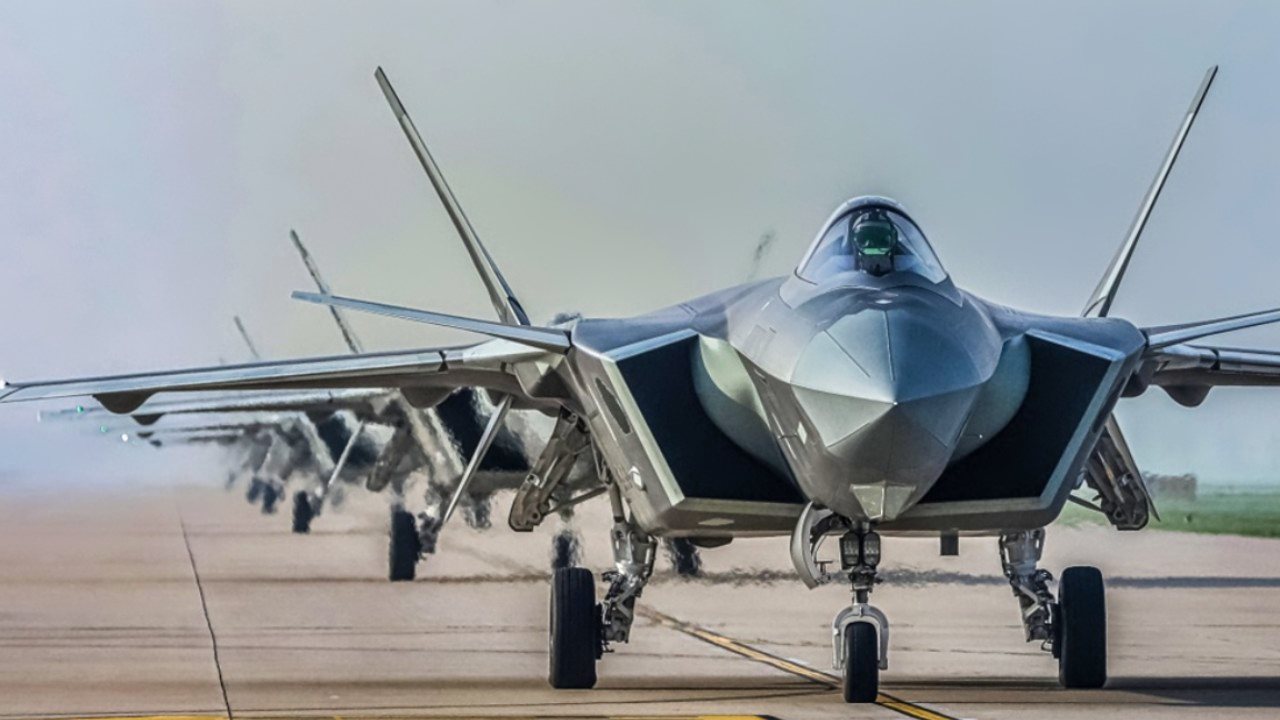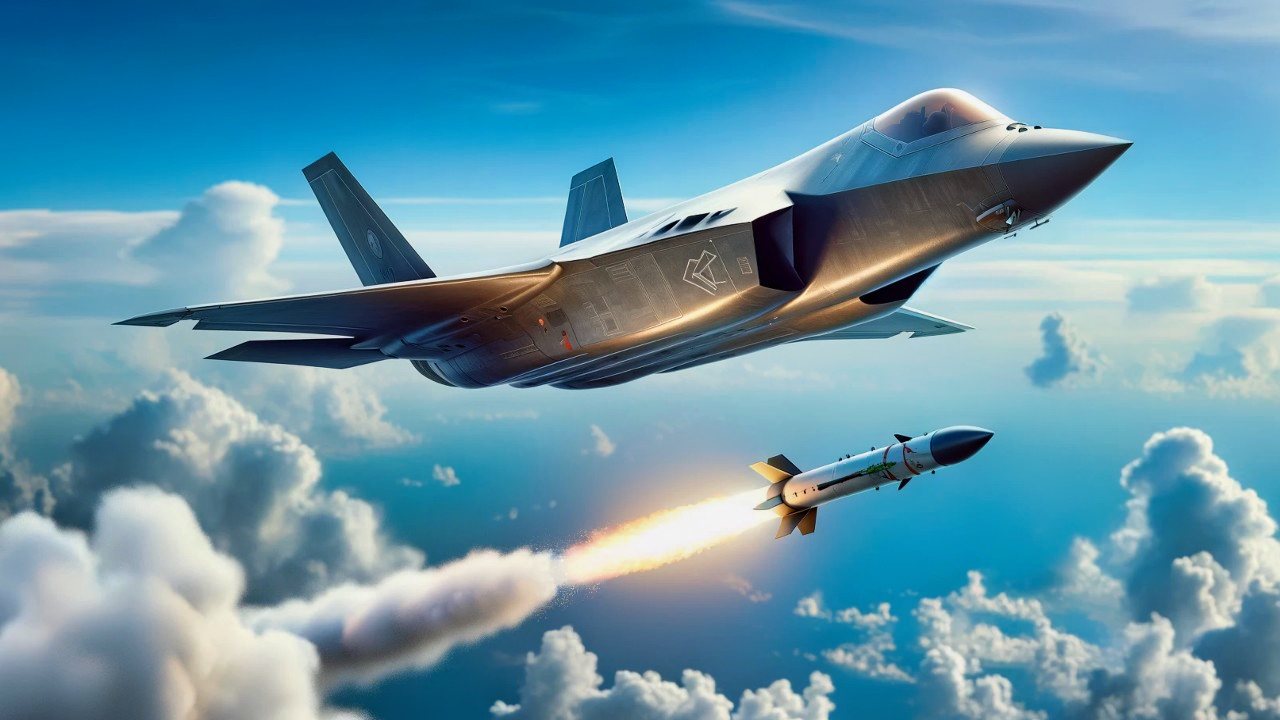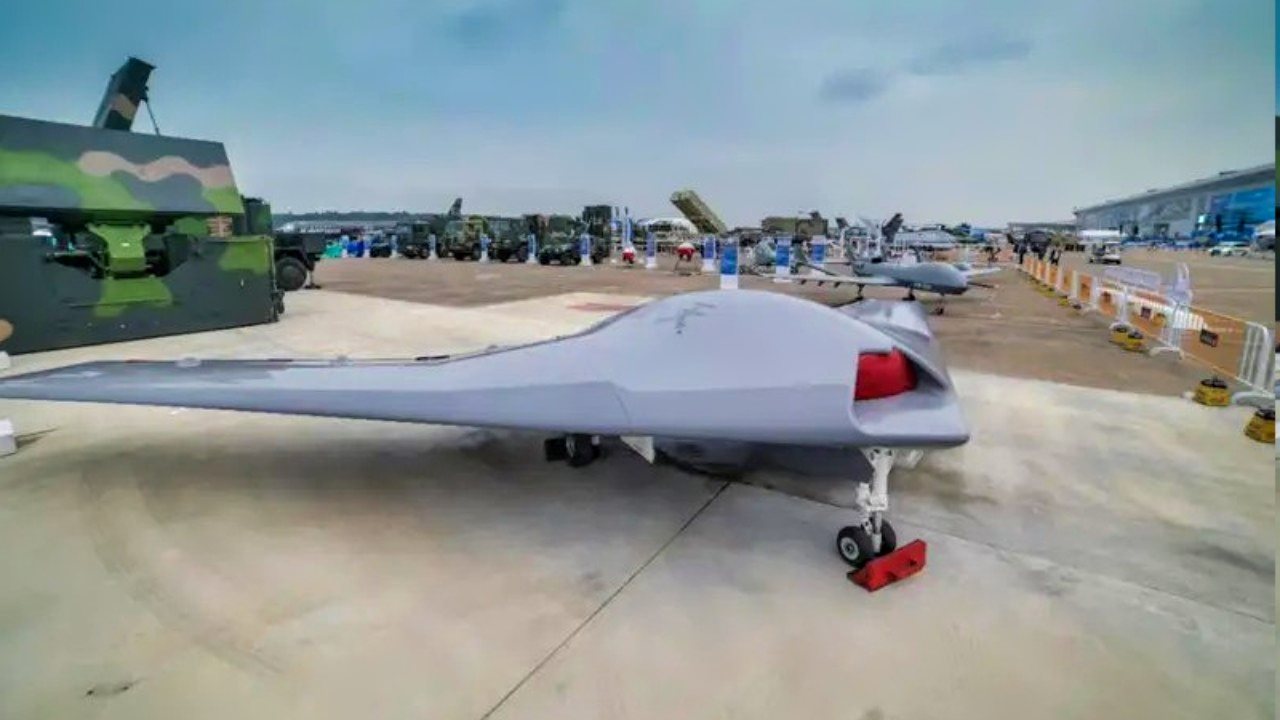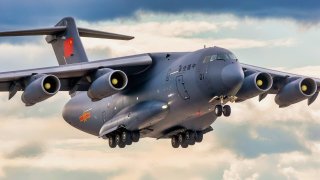China Could Invade and Conquer Taiwan Right Now
Unable to depend on the full force of U.S. military intervention, the Taiwanese will only be able to hold out for so long in a conventional war against a Chinese invasion. This war is probably coming far sooner than anyone in Washington or Taipei realizes.
America is distracted. Its forces are stretched. The United States’ defense industrial base is barely functional, even with the increased demand from the Ukraine War. Politically, America is divided in ways it hasn’t been since before the Civil War. Economically, Americans are struggling. There is a stunning lack of national consensus on U.S. foreign policy and what constitutes national security priorities.

In other words, the conditions are ripe for China to invade Taiwan in either the spring or fall of this year.
But can China achieve an objective as seemingly herculean as capturing Taiwan?
China’s Ro-Ro Ferry Fleet
At about 110 miles wide, the Taiwan Strait is the only geographical impediment to a Chinese military drive to conquer Taiwan. Most Western naval experts laugh off the prospect of China invading Taiwan any time before 2027. According to these analysts, China lacks the amphibious landing capabilities required to take Taiwan.
These analysts miss China’s Military-Civil Fusion project. Mastering the art of employing dual-use technologies, China has created a hard-to-measure threat ecosystem designed for two purposes: conquering Taiwan and ultimately displacing the United States as the world’s dominant superpower.
One key dual-use technology is the Roll-On-Roll-Off (Ro-Ro) ferry. Sure, China’s military has 11 amphibious landing warships. But China has a growing fleet of 100 civilian Ro-Ro ferries that all happen to be built to military specifications. These ferries, usually employed to transport civilians and their vehicles from one point to another, can easily be retooled by the People’s Liberation Army Navy to transport ground troops, military vehicles, and large equipment from China’s shores to the beaches and ports of neighboring Taiwan.
Combined, China could muster an amphibious fleet that displaces roughly 1.5 million tons to carry invasion personnel and equipment. That would be more than enough for China, which could move an invasion force numbering as high as 2 million troops, landing them on 14 potential beachheads on Taiwan.
Here’s Where China’s A2/AD Systems Come into Play
As for force protection, the geography of the Taiwan Strait favors the invaders, so long as Beijing’s war planners pick the right season of the year (spring or fall).
The Taiwan Strait is a very difficult region for submarines, meaning that the best weapon the U.S. and its allies could deploy against a Chinese invasion would have a difficult task ahead of it.

Meanwhile, China’s robust network of medium- and long-range missiles, as per Beijing’s anti-access/area denial (A2/AD) strategy, would likely achieve dominance over the battlespace by keeping America’s bigger weapons platforms (such as aircraft carriers) away from the invasion force.
These A2/AD systems would be deployed in great numbers against the various airfields where U.S. and allied planes operate (to say nothing of the pounding Taiwan’s strategic bases would take).
Degrading the Electronic Environment
Complicating factors for any U.S. leader that might contemplate deploying American forces to interdict a full-scale Chinese invasion would be the assault China would wage against U.S. and allied satellite constellations. Here, China would use the robust counterspace capabilities that Beijing has adroitly built with a Taiwan invasion scenario specifically in mind.
Targets would likely include key American spy satellites in low-Earth orbit. Other targets would be in geosynchronous orbit, notably the Navy’s Multi-User Objective System satellite constellation, the Wideband Global Satcom constellation, and likely American Nuclear Command, Control, and Communications satellites. Knocking out these systems would render the U.S. military deaf, dumb, and blind.
Either directly or through proxies, China might cut critical undersea fiberoptics cables that link the world together, in order to further degrade the battlespace. Chinese cyber troops would launch a wave of deafening cyberattacks against Taiwan, and possibly against targets in Japan and the United States, to sow confusion and stunt whatever counterattack these nations were contemplating. (Tokyo has previously indicated they would intervene in a Chinese invasion of Taiwan.)
The Chinese military would engage in a series of disruptive attacks against the electromagnetic spectrum aimed at further degrading the electronic battlespace around Taiwan, as well as to disable any Western communications equipment that Taiwan or its Western allies would be using to help defend the island.

China’s 96-Hour Air War Over Taiwan
Chinese forces have been training for a 96-hour air war over Taiwan. The goal is to destroy Taiwan’s air force. This is coupled with lightning, decapitating strikes directed against key Taiwanese government facilities and leaders. Of course, the Taiwanese have defenses and are well-trained. But multiple reports have surfaced that Taiwan’s military is nowhere near up to snuff.
Unable to depend on the full force of U.S. military intervention, the Taiwanese will only be able to hold out for so long in a conventional war against a Chinese invasion. This war is probably coming far sooner than anyone in Washington or Taipei realizes.
Helping Taiwan Build an Insurgency
This is why the recent permanent stationing of U.S. Special Forces units to Taiwan is so interesting. Special Forces units are more than hunter-killers of the world’s top bad guys. They can be used to train up asymmetrical forces; to create insurgents who will carry the fight for years against a Chinese invasion force that successfully captures the island.
Ultimately, the only thing Taiwan can do is spend whatever time it has left building the equivalent of terror cells, dispersing them throughout Taiwan, and activating them the moment that Taiwan’s conventional forces are defeated by a Chinese invasion force.
China can definitely take Taiwan now – this year, if they really wanted to – and the Americans would be unable to stop them conventionally. But asymmetrically, over the long-term, a Taiwanese resistance trained by U.S. Special Forces and supplied covertly by the U.S. and its allies, just might break China’s grasp on Taiwan.
About the Author
Brandon J. Weichert is a former Congressional staffer and geopolitical analyst who is a contributor at The Washington Times, as well as at American Greatness and the Asia Times. He is the author of Winning Space: How America Remains a Superpower (Republic Book Publishers), Biohacked: China’s Race to Control Life, and The Shadow War: Iran’s Quest for Supremacy. Weichert can be followed via Twitter @WeTheBrandon.


